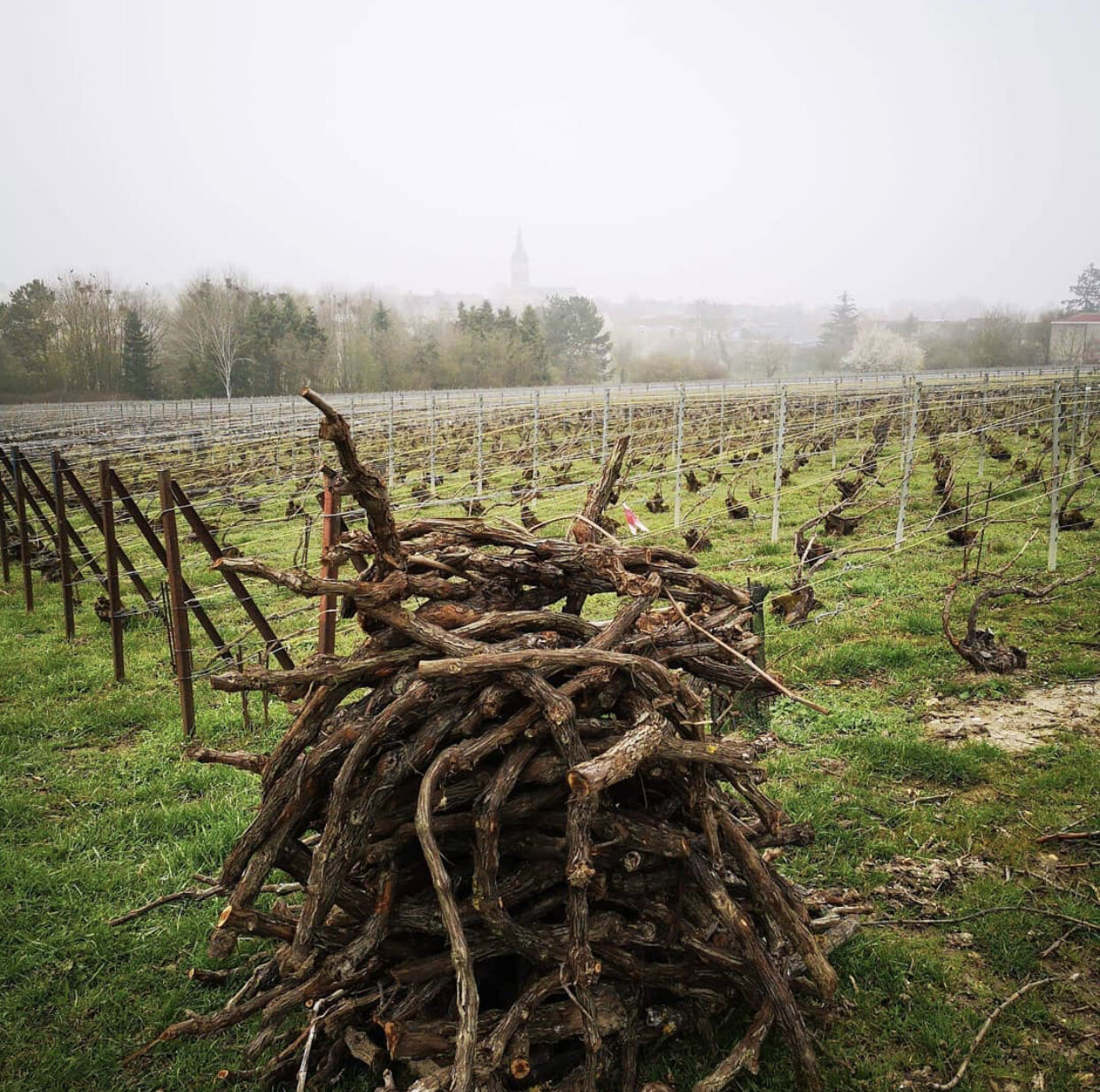Paul Bara
Chantale Bara
bouzy
montagne des reims - champagne
story…
In 1965 Paul Bara purchased a Coquard vertical press in order to begin producing wine from his families holdings in Bouzy, which is when the house of Champagne Paul Bara was founded.
Prior to World War II the Bara family had been involved in wine in the Champagne region in a number of ways dating as far back as the early 1800’s. Originally the family moved to Bouzy in 1833 when Auguste François Bara decided to begin a career as a cooper. Shortly thereafter he married into a family with vineyard holdings that they were, at the time, being sold off to the local négoce. Then in 1920 Auguste François’ son, Auguste Bara, joined the local cooperative of Bouzy, one of the first created in Champagne. At that same time he began bottling and selling his own Bouzy rouge to clients and restaurants. The family remained involved in the industry for years, finally leading up to the arrival of Paul Bara who takes the family name to the next level in the region.
Shortly after purchasing the press in the 60’s Paul also expanded the family holdings from 5 hectares to nearly 10 hectares all located in the Grand Cru village of Bouzy. Paul was joined in the 80’s by his daughter Chantale who was quickly named co-manager, followed by being passed the reins of the estate when her father retired. Chantale continues the hard work and vision started by her father, making very few changes in the winery. They still use the same Coquard vertical press that Paul purchased in the 60’, although they have since also obtained a Coquard inclined press. The cellars and winemaking facility are located in and around the original Bara family estate dating back to 1860, but have obviously been expanded upon since then.
farming & Philosophy…
All work in the vineyards is done with sustainability in mind, they are all hand weeded as opposed to using chemical weed killers. As of 2020 they also have obtained the “High Environmental Value” (HVE) and “Sustainable Viticulture in Champagne” certifications for their efforts and commitments to clean farming and biodiversity in their vineyards.
Much of the philosophy in the cellar, and vineyards for that matter, are rooted in more traditional methods passed down by previous generations. All of the fruit is hand harvested and brought to the winery to be pressed in either of their two presses. The estate exclusively uses first press juice for their estate bottlings, this juice is fermented in temperature controlled stainless steel with all malolactic fermentations blocked. However their Bouzy rouge goes through full malolactic naturally, this is bottled on its own as well as being a blending component in their rosé bottlings.
A unique aspect of the Bara estate is the presence of tile lined cement tanks that are built into the floor of their cellar. These tanks are littered throughout the cellar and are varying in size, though all of them are fairly small. The tanks are used for storing the house reserve wines to be used during blending in the spring for their numerous NV cuvées.
Another unusual philosophy at the estate is their process for producing their rosé wines. They not only use direct press juice along with saignée juice from their Pinot Noir, but they also blend in small portion of still Pinot Noir from their production of Bouzy rouge. This on the surface doesn’t sound all that unique, but so few Champagne producers producer and bottle a still rouge that it makes theirs stand out a bit more than others.
Vineyards…
The Bara’s own 11 hectares of vineyards planted primarily to Pinot Noir, 9.5 hectares, and the remaining 1.5 hectares are planted to Chardonnay. The vineyards are spread out over 33 separate plots all located exclusively within the Grand Cru of Bouzy.






